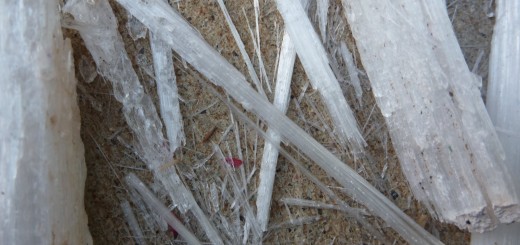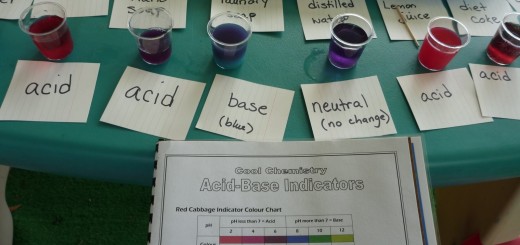Deciduous Forest — Diaorama Project
This week we’re going to make a diaorama on thedeciduous forest and its animal inhabitants. First wemade deciduous trees. The kids used cut up tissue paperand placed the bits onto contact paper. Then we putgreen paper onto the contact paper and cut out a treeshape. We’ll add a tree trunk later. Our other project today was to make coffee groundsquirrels. The kids decided to use colored sand for thesmaller version...


























































